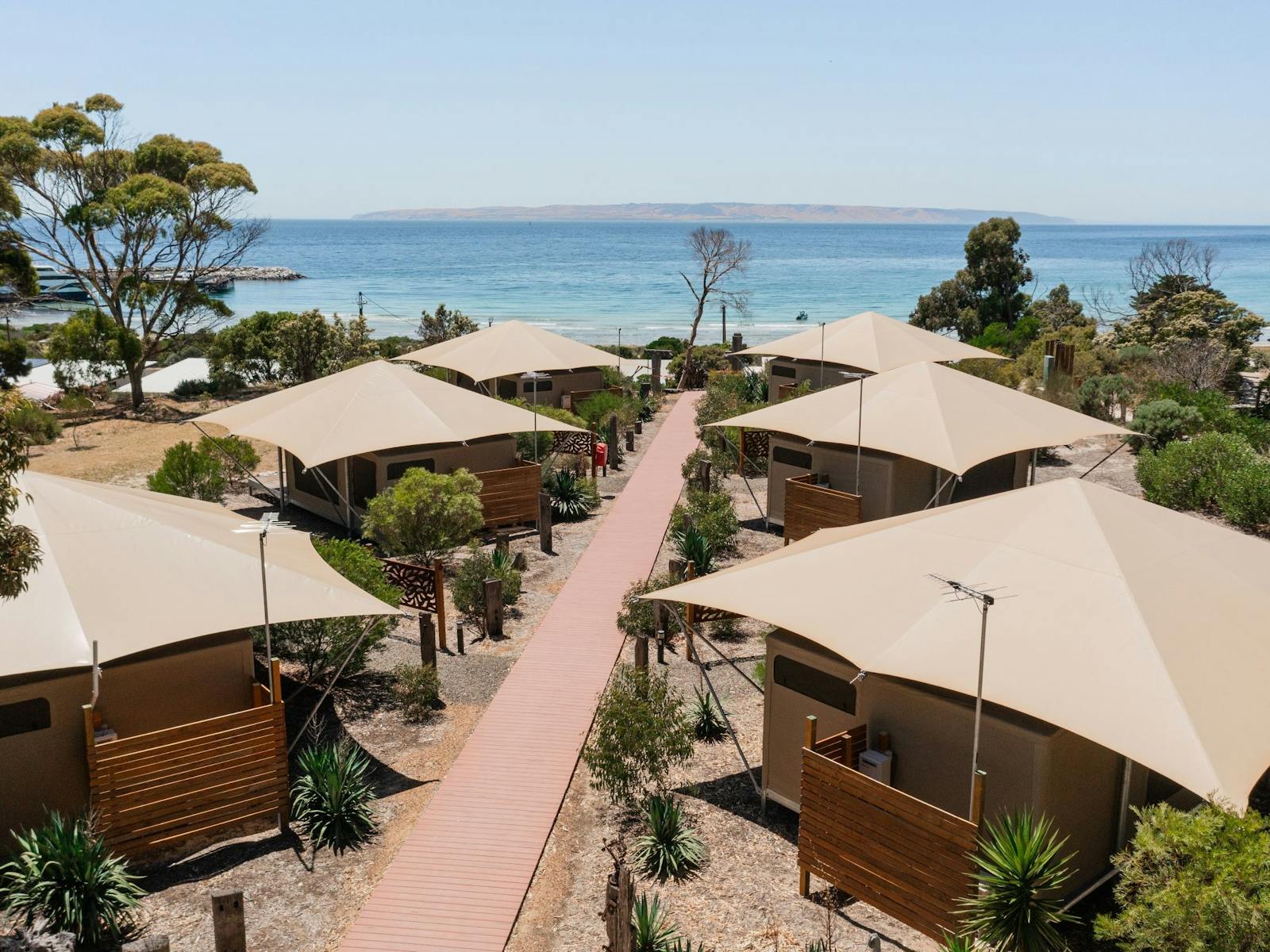A Zoo without fences, a Kangaroo Island wildlife sanctuary
Kangaroo Island’s diversity in its flora and fauna is astonishing and is spawned from thousands of years of separation from the mainland and its relatively late settlement by Europeans. Animal populations have since thrived, providing a wildlife enthusiast's dream. With a variety and abundance of native animals that roam wild and free, you have a great opportunity for the best wildlife experiences – observing animals in their natural habitat.
The perfect environment for a wealth of wildlife to live and prosper. The wildlife here is diverse and abundant, and encounters are common. The best part is that many of these experiences will unfold in front of you as you are meandering along a quiet walking trail or sitting back at your accommodation relaxing in the evening.
Some encounters will benefit from the experience of a local guide, full of knowledge not just about the best locations, but also with an eagerness to share their local knowledge with you.
Take the time to explore and you will have a great chance of seeing the kangaroo island kangaroos, kangaroo island wallabies, fur seals, dolphins, koalas, Glossy Black-cockatoos, and cape barren geese as they go about their daily lives. Head out with an expert guide to see Australian Sea-lions and if the conditions are right, you have a good chance of stumbling across a Rosenburg’s Goanna or Short-beaked Echidna waddling through the bush looking for insects.
Wildlife viewing Tips
Make sure you have your camera and or binoculars handy. Use a zoom lens for a closer shot and be sure to turn off your flash to protect the eyes of animals, and binoculars for a close-up view of wildlife, enabling you to keep a respectful distance. Field guides, especially for birds are handy to identify wildlife and find out more about them.
Always check the weather, wear appropriate clothing for the occasion, and take plenty of water to keep yourself hydrated as you search for wildlife.
Be prepared. Obtain as much information as possible before visiting sites.
Our biggest tip, patience. Wildlife is wild! It may not always be possible to view wildlife, however, the experience of being a part of a natural environment is rewarding and there is always something special to be experienced when out in nature. If you are not successful in finding them yourself, seek out a guide.
Kangaroo Island wildlife is active at night. Animals can be stunned by bright lights, so slow down, dip your lights and take time to observe the wildlife. During the day watch out for goannas and snakes basking on warm roads and birds and echidnas foraging along road edges. If you wish to stop for a roadside wildlife viewing experience, make sure you park safely, well off the side of the road, with your hazard lights on and always be aware of other traffic.
If you happen to come across injured wildlife, please consider your safety first. Please report injured wildlife to the Kangaroo Island Landscapes Board via phone 08 8553 4444 or notify National Parks staff at one of their sites.
The protection of Kangaroo Island wildlife is vital. With a large amount of remnant vegetation, including over 24 protected areas, 19 National and Conservation Parks, and 5 Wilderness Protection Areas, Kangaroo Island is a sanctuary for many animals, birds, and plant life. We’ve compiled a guide to the ‘must–see’ iconic Kangaroo Island species.



















